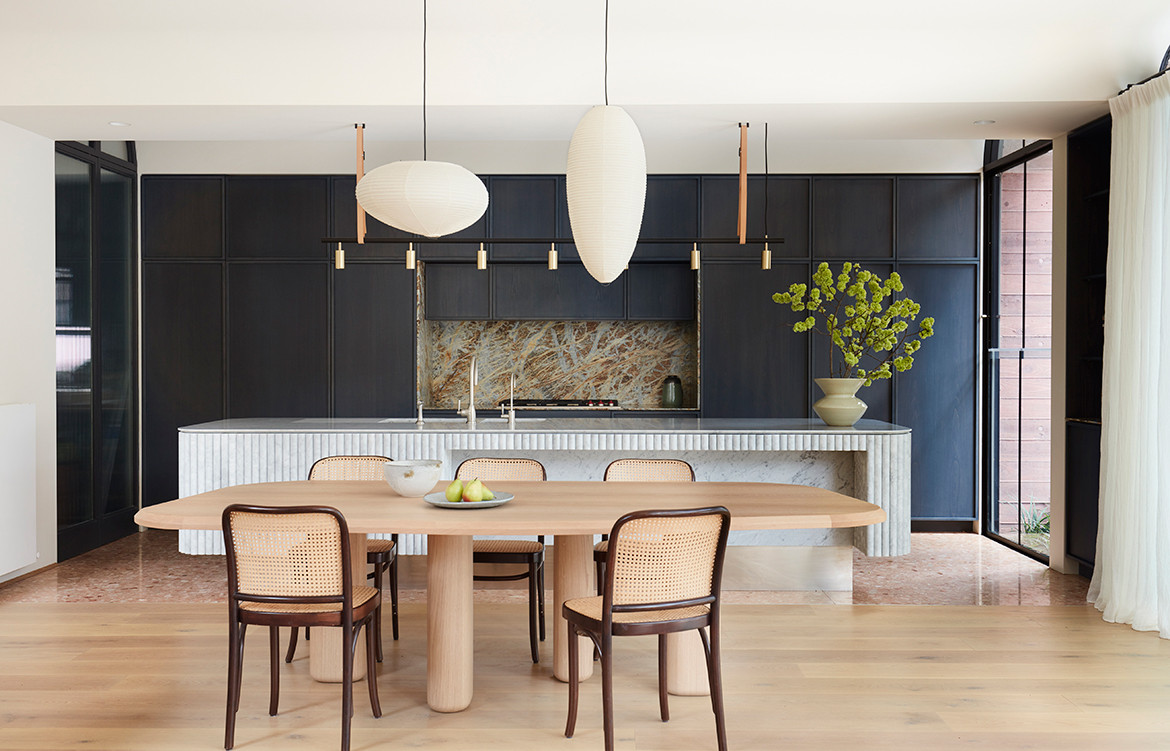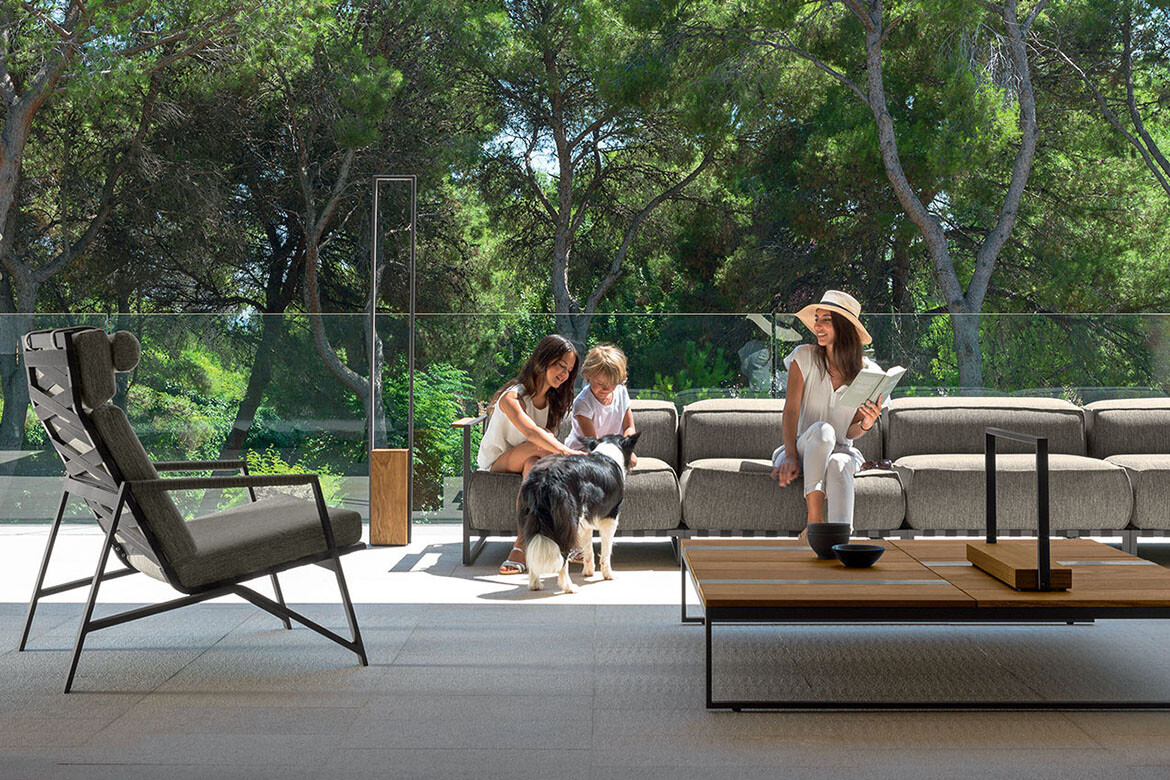The middle of the 20th century was a changing era for architecture, design, and style. And for 1960s house design, this was an exciting time. From the lavish, Mad Men-esque homes of the wealthy to the modernist design the general public could now enjoy, the houses and apartments of the 1960s have a lot to love. Even beyond a nostalgic adoration, some 1960s house design ideas and trends are still popular and worth considering today – with this in mind, here’ our take on five things from the era that are still brilliant today…
The Versatility
The beauty of the mid-century-modern design pieces from the 1960s is their versatility – you can treat them as feature pieces or liberally use them throughout any contemporary space. Modern style allows for styles to be mixed and matched, compared to the classic ‘wall to wall, floor to ceiling’ approach towards style of the early 20th and even late 20th century. The beauty of 60s house design is that, today, the clean lines and minimalism of the products and furniture from the era can stand alone, or be paired with feature pieces and artwork to serve as a canvas space for expression.
The Boldness
Following the 1950’s design trend of soft pastels and aesthetics intended to evoke a wholesome suburban comfort; the design trends of the 1960’s were far bolder and expressive. Set against a rapidly changing and more expression ready political and social setting, colour pallets soon exploded into bright oranges, yellows, blues, greens and reds. Colours for 1960s house design are all about expression, passion and action. Consider bold colours in a kitchen coating, an accenting appliances piece, or daring to put in a bold feature wall art piece in the living room – the 1960s, and going retro today, is all about making a statement.
The Eames
Beloved and classic for a reason, the Eames Lounge Chair and Ottoman are icons of mid century modernist design. Inspired by the traditional English Club Chair, the Lounge and Ottoman were the Eames’ first foray into high end furniture design. First designed in the decade prior, it was 1960s house design trends that helped propel this pair into iconic status. From their house designs to their films and the legendary list of furniture work, husband and wife designers Charles and Ray Eames will surely go down as two of the all time greats in design – but it is perhaps this chair and ottoman combo, recalling “the warm, receptive look of a well-used first baseman’s mitt” as Charles put it, that will always be most linked with their name.
The Furniture
From flat pack furniture to iconic S and pod-shaped chairs made of space age materials, 1960s home design saw furniture designers really stretching their creative arms. Metal, glass, wood and PVC were now all fair game when creating ranges to suit any number of home styles, and this is something we still see today. Open shelving in the Danish style was now being embraced all over the world, often now used as room separators. And individuals were properly leaning into styles that reflected their own tastes, rather than generic 50s ‘one size fits all’ approaches.
With homes now being built with additional family rooms or dens in addition to formal living rooms, the TV could become the central point of this additional room. And today, this design style still informs the majority of our family homes, and the individualistic approach to aesthetics is something all design lovers can appreciate.
The Technology
In the 1960s, technology was exploding alongside design and culture. With the space race in full swing, culminating in the moon landing in 1969, technology not only inspired design aesthetics, but also enabled greater explorations of possibilities for home design. From the popularity of lucite and newly coloured plastics being used for furniture and home accessories, to tupperware’s explosion in popularity in suburban homes, advanced technology was the name of the design game. For today’s design lover, this means embracing the technological advances we’re currently experiencing, as well as seeing a place for the retro tech of past generations. The old school aesthetic of kitchen appliances offers a timeless charm, and paired with contemporary sleek technology can help serve a bridge between an appreciation of the 1960s home design trends, and the necessity for use to grow and evolve with design.





















